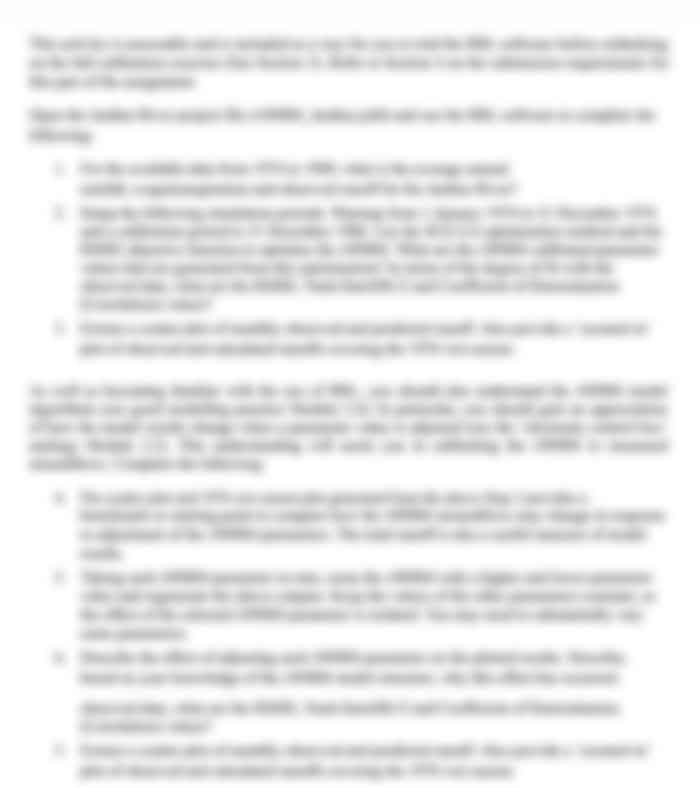PROG2005 Programming Mobile Systems Assignment
- Subject Code :
PROG2005
PROG2005 Programming Mobile Systems
Assignment 1 (T1 2022)
This assignment is due on Week 4 (Monday, 28 March 2022, 11:00 pm). You should submit your source code as a ZIP archive for all parts of the assignment to Assignment 1 submission link on the unit site. If the file size is too large to upload to the submission link, please send the ZIP file via e-mail or via a method specified by your tutor. Note that marks will be deducted for poorly structured or uncommented code. All source code files submitted must include title comments that at least identify the author and the assignment part. The separate parts of the assignment are to be submitted in separate subdirectories (e.g. Part1, Part2 etc.) submissions that ignore this instruction and leave all assignment files in one directory will be penalised.
Please note that this assignment will be due after the weekly sessions have covered the last of the required materials. Do not leave this assignment to the last minute you can start on it while concepts are fresh in your mind. You may start Part 1 before you have studied all of the required materials. If you require an extension, you must apply to your tutor before the due date to be considered. Unless an extension is approved, there is a penalty (see Unit Information Guide).
This assignment requires you to develop an application using TypeScript for Part 1, and Angular for Part 2, to demonstrate your knowledge of the TypeScript language and Angular framework. Your apps should be standalone apps without server contact for data. The app will not save data after the browser window is closed, but you will need to maintain a JavaScript structure (e.g. JavaScript object) so that changes made remain while the browser window is open.
Part 2 can be an expansion of Part 1 though you can start again from scratch if you wish. It is recommended that you save your Part 1 before you start modifying it for Part 2. For lesser marks, you can divide your assignment into several smaller HTML pages to demonstrate the different aspects without having everything working together. This is not the preferred method.
Part 1 Basic TypeScript App (18 marks)
The aim is to develop a simple TypeScript app for a library to maintain a small database of book information while the browser window is open. You can initialise your app with hardcoded data, or you can start with an empty data structure. Types are important in your code; however, there is no need to type everything, and the general applicability of typing is as you have seen in Module 2 of the unit. For example, there is no need to define a function type in a function definition as TypeScript, and the reader can easily deduce the type from the function definition. You will have to type parameters and return values, though. Marks may be deducted for too few type definitions, i.e. writing JavaScript instead of TypeScript.
The book data has the following fields:
-
ISBN
-
Title
-
Author
-
Publisher
-
Publication Date
-
Number of Pages
-
Availability (Paperback, eBook, Audiobook)
-
Edition Number
The data has the following requirements (1 mark):
-
Each record must have a value for all fields. Only the Edition field can be blank.
-
The book Availability must be one of the options shown.
-
An ISBN can only be entered and saved once (it must be unique for each book).
Your database would probably be a TypeScript array of JavaScript objects, each of which has properties corresponding to the above fields. You can use another data structure if you wish, but types will be necessary to ensure the integrity of the data (1 mark).
Your app should implement:
-
A way to edit and update book data (2 marks). Remember you do not have to permanently save the data between browser sessions, but you do have to save it while the app is active. HTML form widgets are the easiest here.
-
A way to add a new book information (2 marks). Consider re-using the edit form above, and it will require careful thought so as not to confuse the user.
-
A way to delete an individual book with a Do you really want to interaction to reduce accidental deletions (2 marks).
-
A way to search the book by the ISBN field (2 marks). This will probably be done with an HTML list, but you may use other techniques (e.g. implement a search text field harder).
-
A way to display the list of all books added to the data structure (2 marks).
-
A way to mark books as favourite and display the list of all favourite books (2 marks).
Your app should also:
-
Provide an interface equally viewable by narrow and wider mobile screens (it will be tested). Note that this is just a request to keep your app simple and displayable on narrow screens as well as possibly wider screens. You can put links on a long page to navigate your app on narrow screens. This will be important when we get to mobile device apps later in the unit (1 mark).
-
Use interactive features (e.g. use innerHTML assignments) to improve user experience (not alert() calls!).
You are expected to do error messages where necessary (2 marks).
-
Use of CSS styles (1 mark). Just use them; there are no marks for artistic design. We are looking for the ability to use styles.
Part 2 Basic Angular App (22 marks)
Modify the app from part 1 to become a multipage Angular app. For example, place the add record on a separate page to the search facility. You can use as many pages as you like but dont forget to use an error page (for malformed URLs), an Information page, e.g. about the app and have your name as an app developer. A Help page showing how to use the app would be nice as well.
Marks are allocated as follows:
-
Having all options implemented for adding, deleting, displaying (including favourites), searching and editing books (4 mark).
-
The app should meet all data requirements stated in Part 1 (1 marks).
-
Having a working Angular app with appropriate Angular coding (3 marks). Minimally, the app will have one component and one module, but you will need more components to implement the following requirements.
-
Using Angular forms (3 marks). This is separate from the multipage facility. If you just add Angular code to the one-page TypeScript app from Part 1, you have not used Angular forms. There will be no marks for only HTML form elements.
-
The multipage facility using the Angular router (3 marks). This includes the navigation between pages, error indicators and no broken links. Your app should have at least four (4) pages.
-
Add at least one help button on each page that shows appropriate help messages. You should make interaction with the help facility as easy as possible. Also, add helpful information, including error messages, when data entry is incorrect (3 marks).
Use of CSS styles (2 mark). Just use them; there are no marks for artistic design. We are looking for the ability to use styles. Feel free to use styles you find in the Angular documentation or other online sources (a reference to the original designer should be made in your code if appropriate). Your app should be user-friendly and less complex and needs to validate all inputs (e.g., input fields that need numbers only, should not accept letters) (3 marks).
Getting Help:
This assignment, which is to be completed individually, is your chance to gain an understanding of the fundamental concepts of TypeScript and Angular on which later learning will be based. It is important that you master these concepts yourself.
Since you are mastering fundamental skills, you are permitted to work from the examples in the MySCU site or study guide, but you must acknowledge assistance from other textbooks, classmates, or online resources. In particular, you must not use online material or help from others, as this would prevent you from mastering these concepts.

